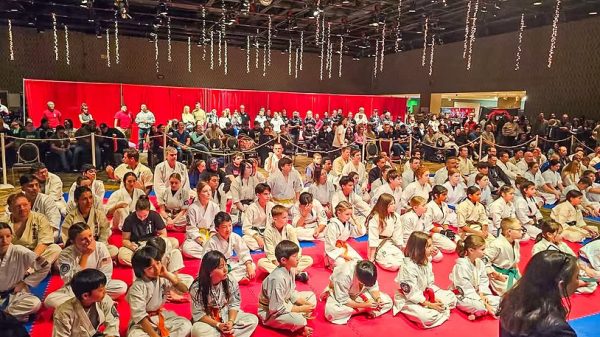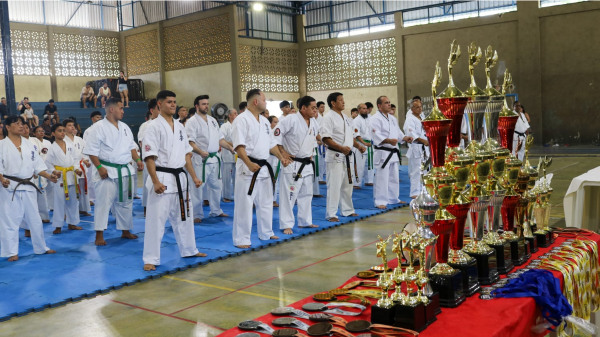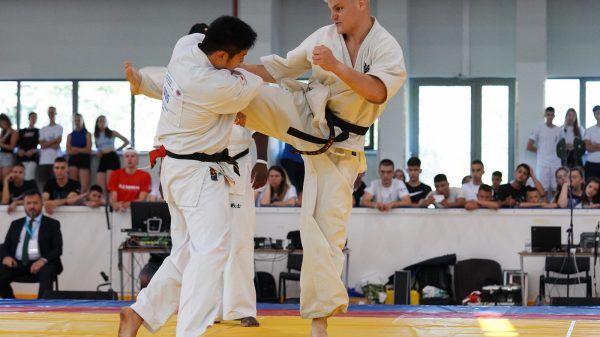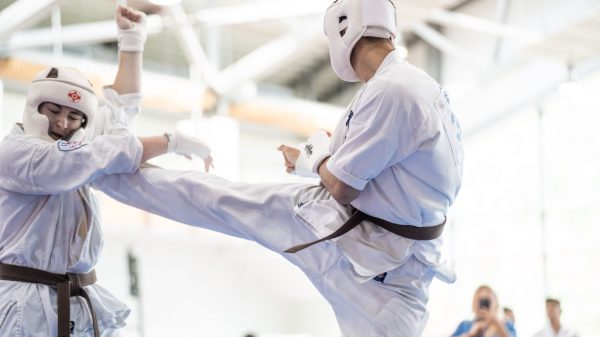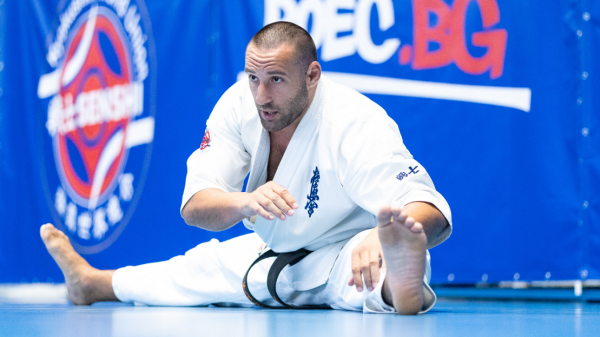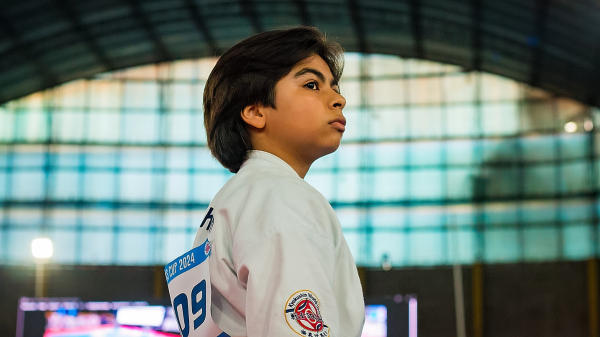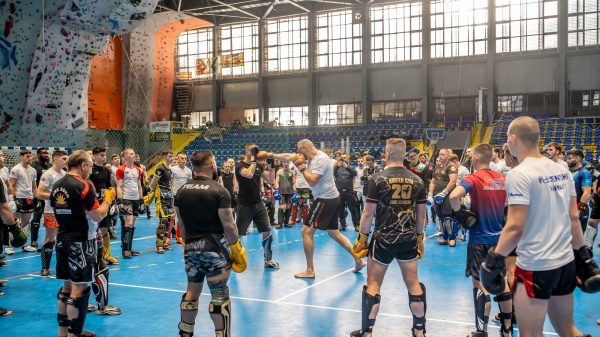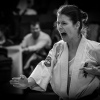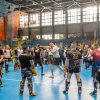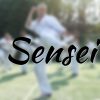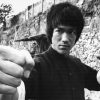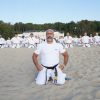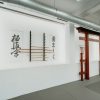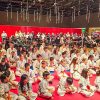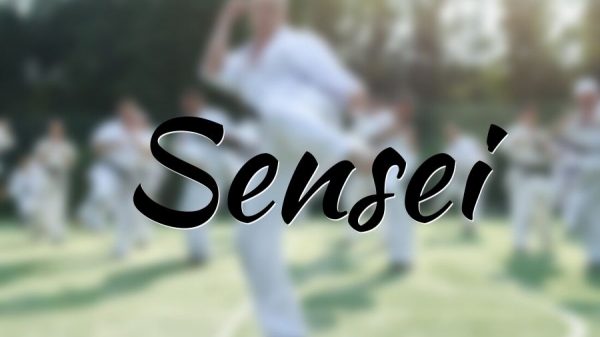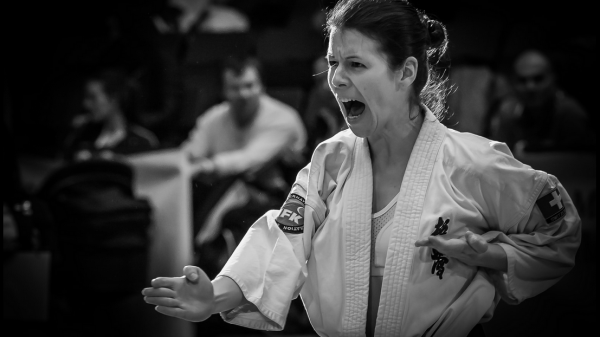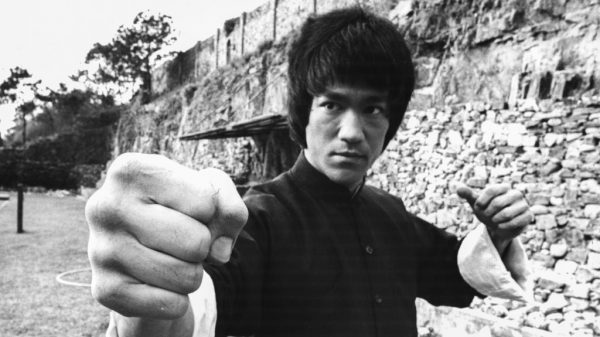The phrase “hard-style kettlebells” describes a comprehensive resistance-training program that’s guaranteed to enhance your martial arts ability. How so? It will bolster your grip and your strength at odd angles. It will improve your burst/rest cardiovascular conditioning. And it will remove the internal imbalances brought on by the one-sided nature of martial arts training, which can lead to mystery injuries such as hurting your back while bending down to tie your shoe. Kettlebell training also develops “functional strength.” The term refers to strength that comes from supplemental training but that directly relates to your sport of choice.
If you’re reading this Web post, your sport of choice is probably martial art — perhaps Brazilian jiu-jitsu, kali, or muay Thai. Although they’re ostensibly similar, they differ in their approach to combat. Because of those differences, a routine designed to facilitate performance in one art by developing specific physical attributes isn’t the same as a routine designed for another art. Or is it? Consider Brazilian jiu-jitsu. It requires a strong grip for holding the collar and sleeve of your opponent’s gi. Kali is weapons-based and, therefore, the polar opposite of grappling, but its practitioners also need grip strength to hold sticks and knives securely. Likewise, hip strength and flexibility are important whether you’re on your back grappling or on your feet sending high-power muay Thai kicks downrange. Despite the vastly different fighting methods these arts use, there are many overlapping areas when it comes to attributing development. It’s in those areas that kettlebell training shines.
Benefits of the Bell
Martial arts require a type of physical output called “power endurance.” It means you need to deliver multiple bursts of energy broken up by short rest periods, all for a sustained but not marathon-length time. Sub-10-minute rounds in MMA, Brazilian jiu-jitsu, boxing, and kickboxing fit the power-endurance profile. Again, this type of physical output is perfectly matched to the qualities the kettlebell develops. One of the biggest benefits of the kettlebell is that all you need to get started is one bell and a 10-foot-by-10-foot training area. Just make sure your workout takes place in an area where dropping the weight won’t do any damage. Common solutions include training on mats or outside on grass or sand.
Two Variations
Kettlebell exercises can be divided into two categories: ballistics and grinds. A ballistic mimics the explosiveness of Olympic lifting. It uses a fast squat-to-standing motion accompanied by hard-hitting hip action to generate the inertia necessary to move the bell from point A to point B. When done with explosiveness, it will challenge your cardiovascular conditioning within seconds. A grind, on the other hand, uses pure strength rather than momentum to move the kettlebell to its destination, often overhead. It requires you to create maximum stability and range of motion, thus increasing both flexibility and strength.
Why Do It:
To increase stabilization and balance in the muscles of your legs.
Step by Step:
Stand with the bell in front of one foot. Lift your other foot off the ground and hold it behind you with your leg straight. Lower your body, bending the knee of your supporting leg, then grasp the kettlebell with your hand. Rise by straightening your bent leg with the kettlebell in hand. Lower your body again and touch the bell lightly to the ground. Return to a standing position.
Reps:
10 times on each leg.
Caution:
When lowering your body to reach the kettlebell, maintain a flat back and keep your chest square to the ground. Avoid rounding your back and dipping your shoulder. If you cannot get low enough with good form, place the kettlebell on a sturdy box so it’s within reach. Lock your supporting leg at the top of each rep.
Why Do It:
To open your hip flexors and abdominals while enhancing stability and increasing the range of motion in your shoulder.
Step by Step:
Rack the kettlebell on your right side. (That entails lifting it until it’s near your shoulder.) Bend your knees and then extend them to generate upward momentum, which helps you get the kettlebell overhead. Lock your elbow and wrist straight, then pull your shoulder down into its socket. Step forward with your left foot, keeping the kettlebell in the overhead lockout. Maintain an upright orientation with your torso as you lower your right knee. If you touch the ground with your knee, do so gently. Keeping the overhead lockout, move your right foot parallel to your left foot, then step forward with your right foot to perform the lunge.
Reps:
10 times on each leg.
Caution: Don’t have your feet too much in line because it will increase the difficulty of maintaining your balance. Don’t let your forward knee push past your ankle.
Notes:
Holding the kettlebell overhead with your elbow and wrist locked and your shoulder pulled down into the socket is a skill you developed with the Turkish Get Up.
Source: blackbeltmag.com




